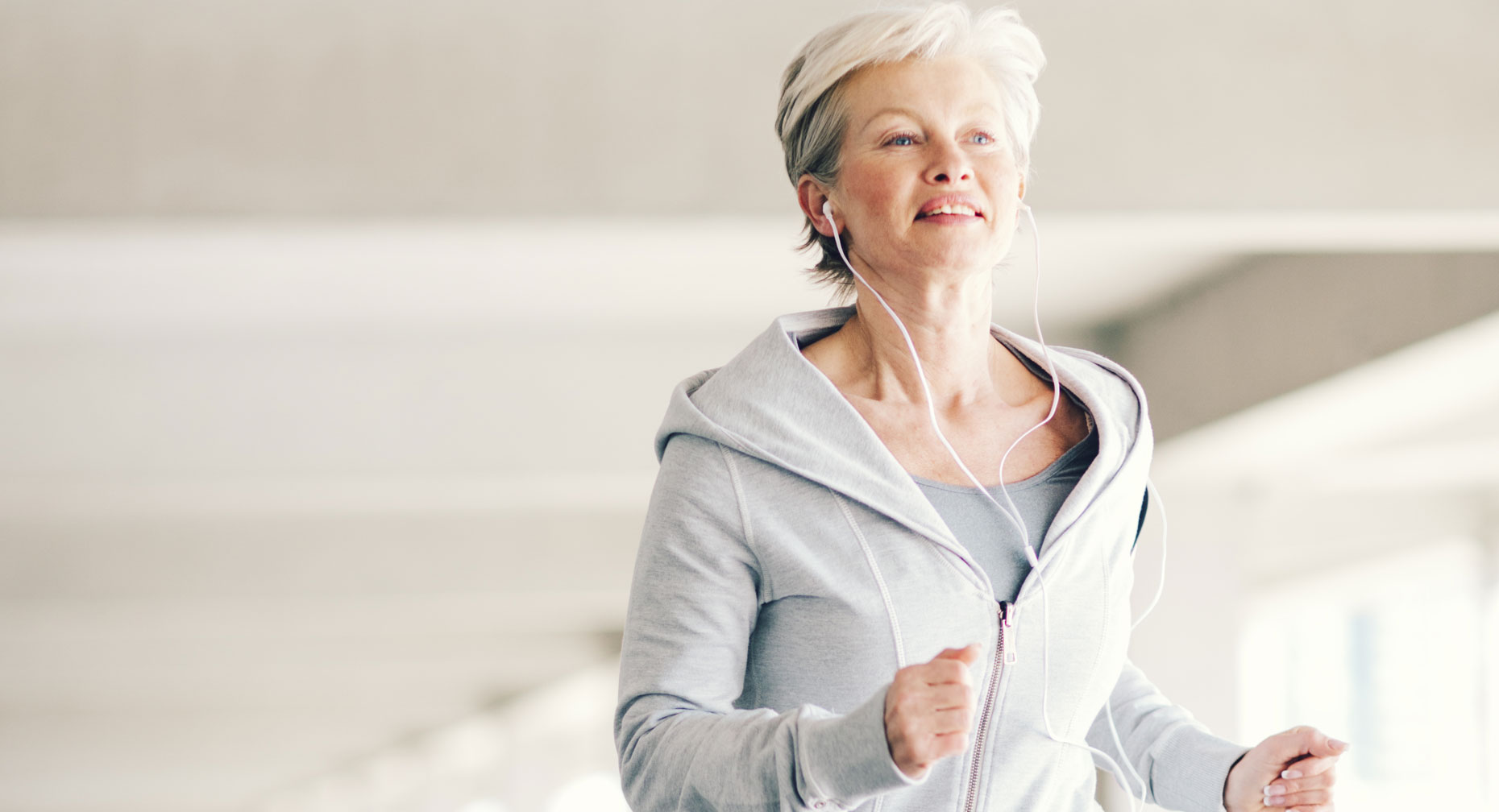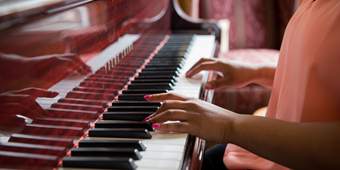East Meets West: Alternative Therapies Offer Arthritis Relief

Answer a few questions and we'll provide you with a list of primary care providers that best fit your needs.
For the aches and pains of arthritis, traditional medicine offers a number of options for treating the symptoms of degenerative joint disease. These include medications, surgery, and lifestyle changes such as weight loss and exercise.
In addition, your doctor may recommend alternative therapies to help ease your pain. If not, you may want to ask about these alternative treatments.
Alternatives May Increase Joint Flexibility
“In many cases, alternative therapies can complement conventional medical care, providing you additional relief from the pain and stiffness of osteoarthritis and helping you maintain and regain flexibility,” said Michael Herbenick, MD, of Premier Orthopedics.
Alternative therapies include heat and cold therapy, acupuncture, massage, meditation and relaxation, psychological therapy, and supplements.
Some Alternatives More Effective
According to research, some alternative therapies appear to be more effective than others. The Arthritis Foundation cites an Arthritis Research UK report that evaluated clinical studies of 21 complementary and alternative medicine therapies. Two ancient therapies scored highest in effectiveness for easing the degenerative joint conditions of osteoarthritis: acupuncture, followed by tai chi.
These are common alternative treatments for osteoarthritis:
- Acupuncture. Practitioners insert thin needles in specific parts of the body to help relieve the pain of arthritis.
- Tai chi. This ancient Chinese exercise involves slow, graceful, low impact and fluid movements that work to counteract the stiffness of osteoarthritis.
- Yoga, meditation, and deep breathing techniques. In belly breathing, a deep breathing technique that promotes relaxation, you breathe in through your nose and out through your mouth. Your abdomen rises as you inhale and falls as you exhale, while your chest moves very little.
Dr. Michael Raab recommends the best times to apply heat and the best times to apply cold to joints.
Click play to watch the video or read video transcript.
- Heat treatments. These ease arthritis symptoms, soothing stiff joints and tired muscles. Examples include:
- Warm shower or bath
- Moist heating pad
- Warm, moist wash cloth
- Electric blanket or throw
- Cold treatments. These decrease swelling and numb pain. They involve wrapping a thin towel around the cold item and applying it to your joint:
- An ice pack or bag of ice
- A gel-filled cold pack
- A bag of frozen vegetables
- Massage. Provided by a certified massage therapist, this hands-on alternative may:
- Relax you and your muscles
- Improve blood flow to joints and muscles
- Improve joint flexibility
- Psychological treatments. These may help you cope better with osteoarthritis pain. Options include cognitive-behavioral therapy (CBT), training in pain coping skills, biofeedback, stress management, and hypnosis.
Alternative therapies include heat and cold therapy, acupuncture, massage, meditation and relaxation, psychological therapy, and supplements.
You can learn more about these alternative osteoarthritis therapies on the National Center for Complementary and Alternative Medicine website.
Answer a few questions and we'll provide you with a list of primary care providers that best fit your needs.
Sources: Michael Herbenick, MD, Premier Orthopedics; Michael Raab, MD, Premier Orthopedics; Arthritis Foundation







